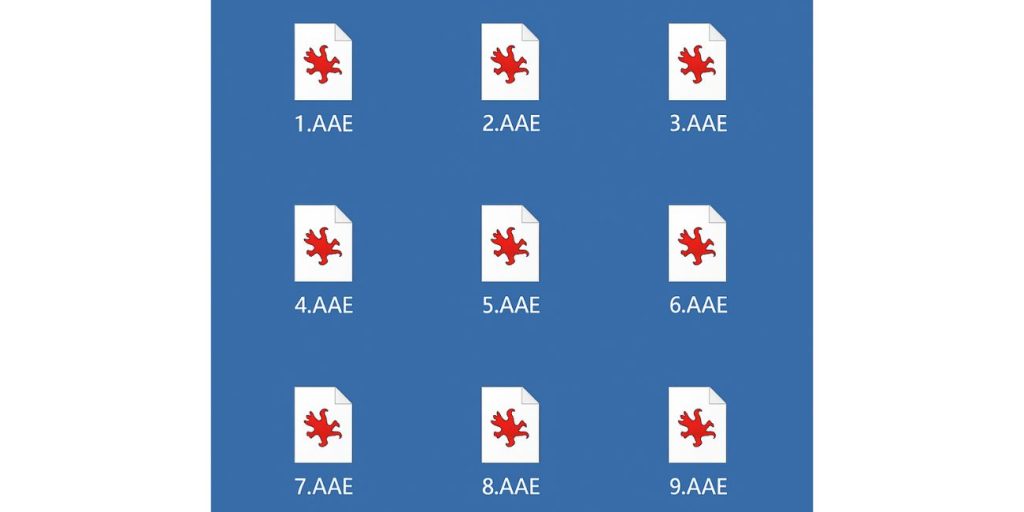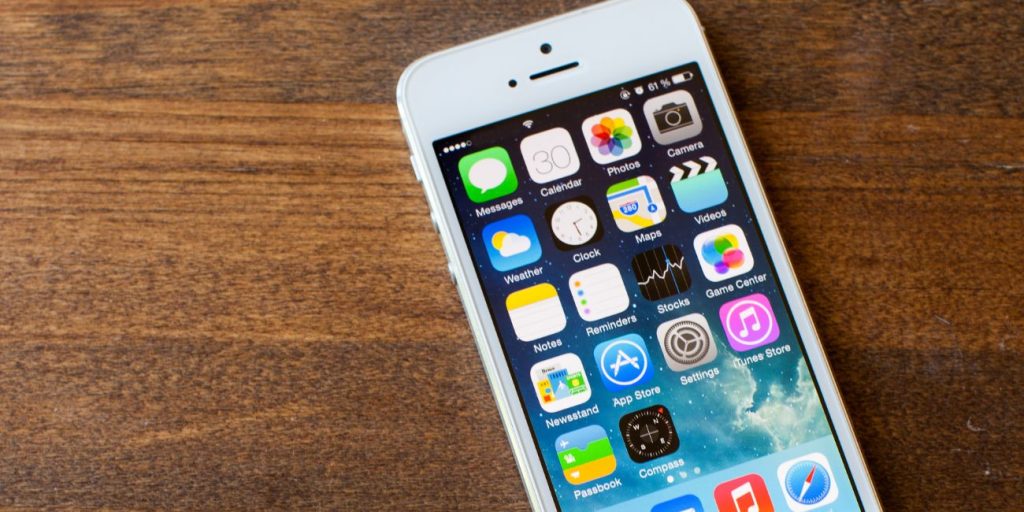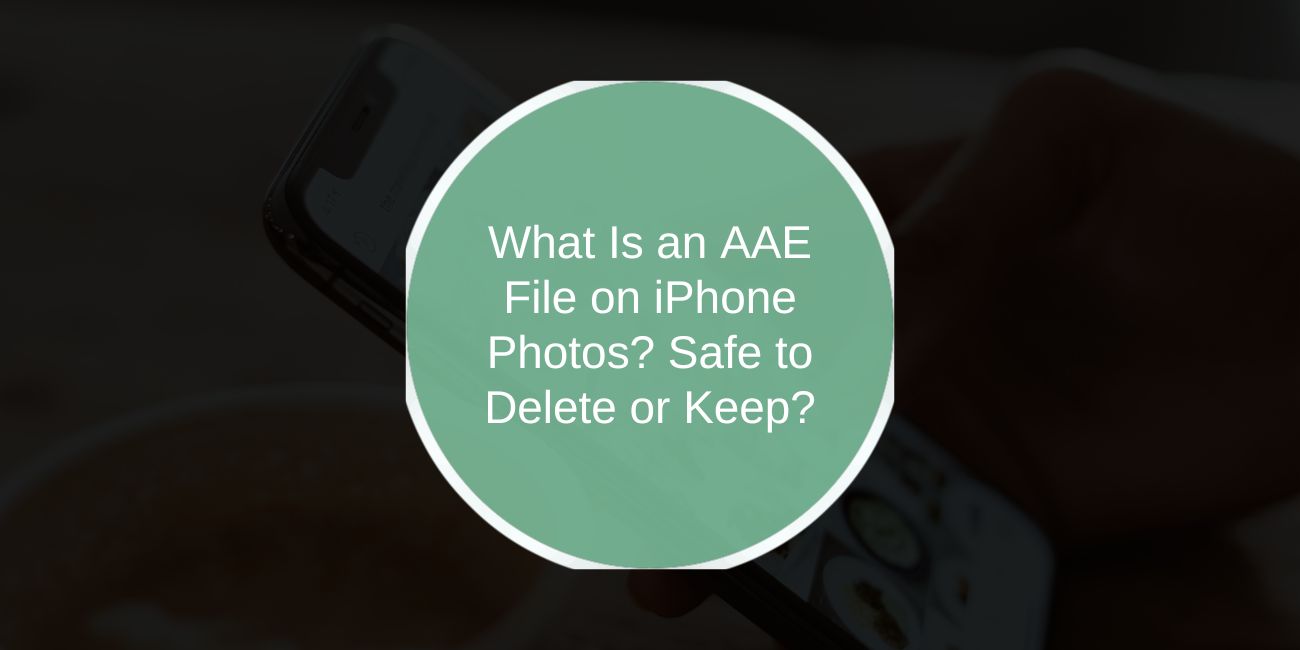When you transfer photos from your iPhone to a Windows PC, you might notice small extra files with the .AAE extension. They sit next to your pictures and raise questions like: What are these files? Do I need them? Can I delete them? The good news is they’re harmless, but they serve a specific purpose in Apple’s system.
What Is an AAE File?

An AAE file is an XML-based file created by the Apple Photos app on iPhones, iPads, and Macs. It stores a record of the edits you make to a picture — things like cropping, applying filters, adjusting brightness, or tweaking colors.
Unlike traditional edits that overwrite the photo, AAE files keep the changes separate. This way, your original image stays untouched, while the edits are applied only when you view it in Apple’s Photos app.
Why Does iPhone Create AAE Files?
Apple uses AAE files as part of its non-destructive editing system. Instead of saving edits directly into the photo, iOS and macOS store them in a sidecar file. This makes it possible to undo or adjust edits later without harming the original image.
So if you crop a picture on your iPhone, the crop instructions go into the AAE file. Open the photo in Photos, and it looks cropped. But the untouched original still exists in the background.
Where Do AAE Files Appear?
You’ll usually notice AAE files when moving photos from an iPhone to a computer. They appear in the same folder as your photos and share the same name.
- On Windows PCs, they show up next to the JPEG or HEIC photo.
- On Macs or within iCloud, they work silently behind the scenes and are less noticeable.
Can I Delete AAE Files?
Yes, you can delete AAE files without breaking your photos. The original image will remain safe. What you lose are the edits stored in those files.
For example, if you crop or adjust a photo on your iPhone and then delete the AAE file on your PC, the picture will revert to its unedited state if moved back into Apple’s Photos app. On Windows, where AAE files don’t apply, deleting them usually has no effect because the edits don’t carry over anyway.
Do AAE Files Affect My Photos?

AAE files don’t contain the actual photo. Instead, they’re like instruction sheets telling Apple’s Photos app how to display your image. If the AAE file is missing, the photo is still there — just without the edits.
On Apple devices, the edits remain linked to the photo through the AAE file. On Windows PCs, the edits won’t show unless you export the edited version from the Photos app.
How to Manage AAE Files When Transferring Photos
If you don’t want extra AAE files cluttering your folders, there are ways to avoid or handle them:
- Export from Photos app: On a Mac or iPhone, export the edited photo as a new image before transferring it.
- Use AirDrop: Apple-to-Apple transfers carry edits without generating AAE files.
- Enable iCloud Photos: Syncs your entire library with edits applied across devices.
- Save a copy of the edited photo: Before transferring to a PC, create a duplicate with edits baked in.
- Delete AAE files if not needed: Safe to remove if you don’t care about keeping the edits.
AAE vs JPEG and HEIC
It’s important to understand that JPEG and HEIC are image formats, while AAE is not an image file. Instead, AAE is a sidecar file linked to the image. Without the photo it belongs to, the AAE file has no use on its own.
Conclusion
AAE files are not errors, viruses, or corrupted data. They are Apple Photos sidecar files that store non-destructive edits separately from your pictures. You can delete them without harming the original photos, but you’ll lose any edits saved in them.
For most Windows users, these files are unnecessary. For Apple users, they help keep photo edits reversible. Knowing what they are makes it easier to manage your photo library and keep your folders clutter-free.

